Table of Contents
Eating Healthy on the Go
Eating healthy isn't always the easiest thing to do, especially when you're always on the go. Whether you're a busy professional, a parent, or a traveler, finding nutritious meals can be a challenge. This comprehensive guide will give you all the insights you need to maintain a healthy diet on the go, from planning ahead to choosing the right snacks, meals, and drinks.
Why Eating Healthy on the Go Matters
A well-balanced diet is crucial to your overall health and well-being. Healthy eating can boost your energy, improve your mood, and reduce your risk of chronic diseases like obesity, heart disease, and diabetes. But with busy schedules, it can be tempting to grab whatever's most convenient – often fast food or processed snacks. These options, though quick and easy, are typically high in fats, sugars, and salts, and low in the nutrients your body needs.
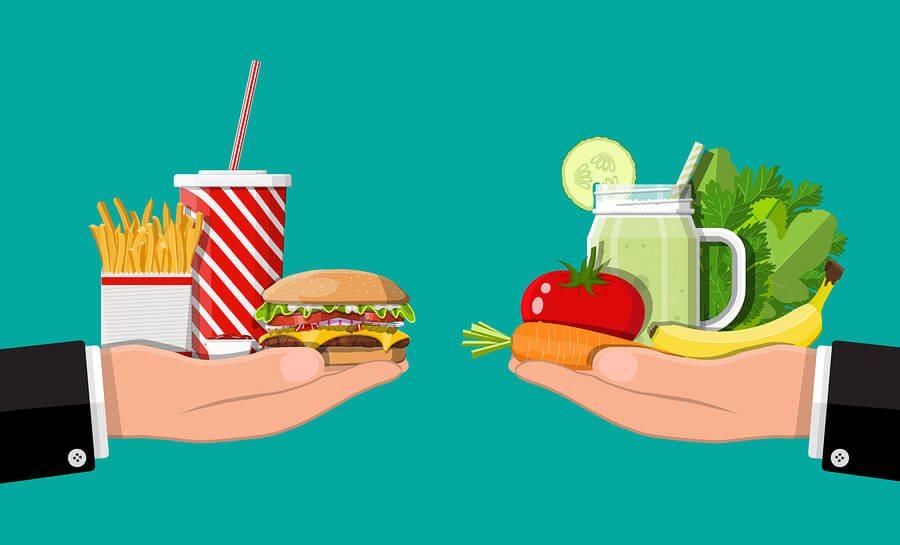
Planning Ahead: Your First Step Towards Eating Healthy on the Go
Success in maintaining a nutritious diet often boils down to planning. Without a plan, it's all too easy to fall into the trap of grabbing unhealthy options when hunger strikes. Here are some key tips to help you plan your meals and snacks effectively:
Meal Prep: The Secret to Healthier Eating
Meal prepping involves preparing and portioning out meals ahead of time. By doing this, you can ensure your meals are balanced and nutritious, as you have control over the ingredients. Consider making a large batch of meals on the weekend, portioning them into single-serving containers, and then refrigerating or freezing them for the week ahead.
Snack Prep: Not Just for Kids
Like meals, prepping snacks in advance can be a lifesaver. Pack them in single-serve containers or bags, so they're ready to grab and go. Opt for nutritious options like fruits, veggies, nuts, and whole-grain crackers.
Utilize Technology
Several apps can assist with meal planning, providing recipes, grocery lists, and nutritional information. Apps like MyFitnessPal and Yummly can be great tools for planning out healthy meals and snacks.
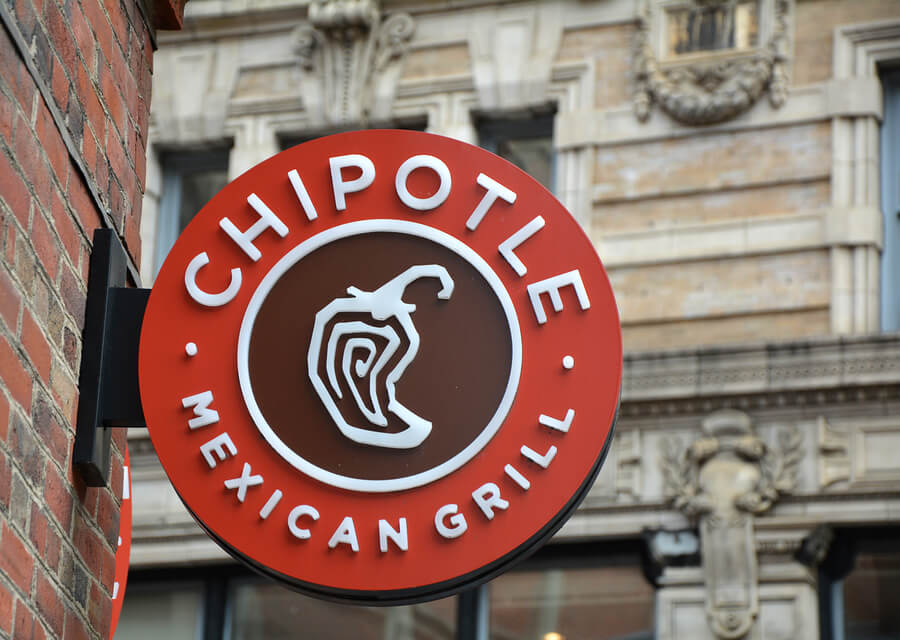
Fast Food Restaurants for Healthier Eating on the Go
Fast food often gets a bad rap when it comes to health and nutrition, but the landscape is changing. Many popular fast-food chains are recognizing the growing consumer demand for healthier options and have adjusted their menus accordingly. Here, we will explore these eateries and their offerings that cater to the health-conscious consumer.
Chipotle: Customizable Healthier Options
Chipotle's menu is designed for customization, providing you with the opportunity to control what goes into your meal. For a healthy and flavorful option, consider a Chipotle bowl. Begin with a base of brown rice, a rich source of fiber, and add beans for a plant-based protein punch. Next, select grilled protein options such as chicken or tofu (branded as Sofritas in Chipotle).
Round off your meal with an abundance of vegetables, which will enhance the nutritional profile of your meal and make it more filling. Avoid calorie-laden ingredients like cheese and sour cream, and instead opt for guacamole or salsa. These choices will provide heart-healthy fats and a burst of flavor without adding excessive calories.
Subway: Fresh and Nutritious Sandwiches
Subway's sandwich offerings are an excellent platform for a healthy meal on the go. You can opt for whole-grain bread, a healthier alternative to refined bread options, providing you with sustained energy.
When selecting your protein, lean options like turkey or chicken breast are lower in fat and calories compared to heavier meats. For the topping, Subway offers a wide array of fresh vegetables – add as many as you like for added nutrients and a satisfying crunch. Bypass high-calorie dressings and sauces, and opt for lighter options like mustard, vinegar, or avocado.
Panera Bread: Balance and Transparency
Panera Bread has a range of salads, soups, and whole-grain sandwiches, allowing for diverse and balanced meals. A notable feature of their menu is the “You Pick Two” option, which lets you pair a half salad with a half sandwich, ensuring a balanced meal with protein, vegetables, and grains.
Panera Bread also prioritizes transparency, listing the calorie content for each menu item. This can aid in making informed choices, allowing you to select meals that align with your dietary needs and goals.
Starbucks: Beyond Just Coffee
Starbucks, while renowned for its coffee, offers an array of healthy snacks and light meals. The Starbucks protein boxes are a standout choice, typically including a balanced mix of fruits, vegetables, a source of protein, and whole grains.
Additionally, Starbucks' oatmeal is a nutritious, fiber-packed option that can be customized with fruits and nuts, making for a satiating and healthy breakfast or snack.
Chick-fil-A: Grilled Over Fried
Chick-fil-A provides several grilled chicken options that are a healthier alternative to the traditional fried fast-food fare. Whether you prefer a sandwich or nuggets, opting for grilled chicken significantly reduces the fat and calorie content.
In addition to their main items, Chick-fil-A also offers side salads and fruit cups, providing more nutritious side options compared to the usual fries.
Taco Bell: The Fresco Touch
Taco Bell's menu includes a section known as the “Fresco” menu, which replaces cheese and creamy sauces with fresh salsa, lowering the calorie and fat content of their offerings. For a well-rounded meal, opt for soft tacos filled with grilled proteins and topped with an array of vegetables.
KFC
KFC, known for its fried chicken, also offers healthier choices for the health-conscious diner. For a healthier option, choose the Grilled Chicken pieces, which are lower in calories and fat compared to their fried counterparts. Also, consider the sides: green beans and coleslaw are better options than fries or mashed potatoes with gravy. The corn on the cob is another side that can add nutritional value to your meal.
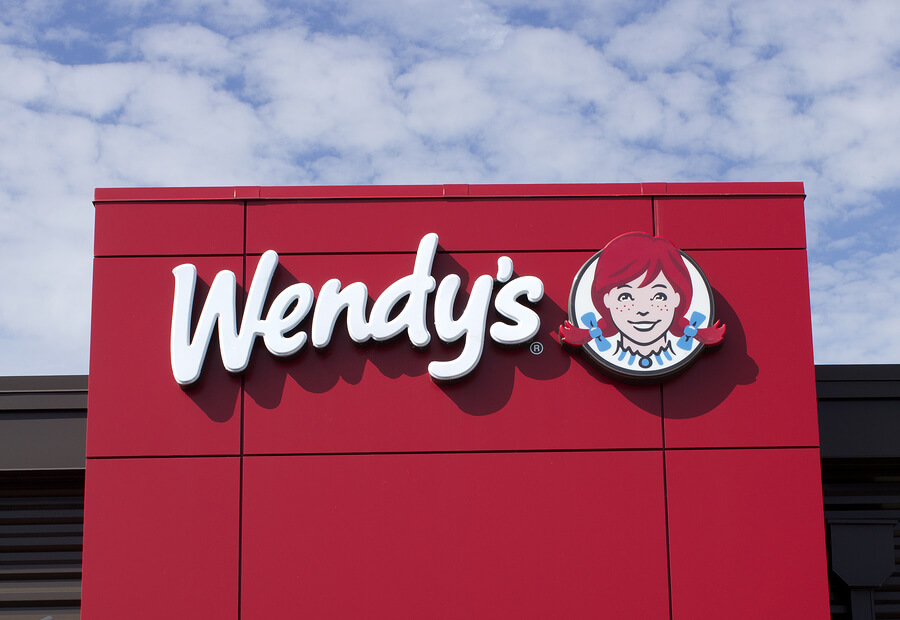
On-the-Go Meal and Snack Ideas
If you're constantly on the move, preparing and eating nutritious meals might seem like a challenge. However, with some planning and smart choices, you can ensure that you're fueling your body with what it needs, even amidst your bustling schedule. Here are some wholesome, easy-to-pack options that are perfect for those with a busy lifestyle:
Greek Yogurt and Fruit Parfaits: A Symphony of Nutrients
Greek yogurt and fruit parfaits are not only visually appealing, but they are also packed with nutrition. You can prepare these a night in advance for a quick grab-and-go breakfast or snack. The Greek yogurt provides a good dose of protein and calcium, while fruits contribute vitamins, minerals, and fiber to your diet.
You can choose fruits based on your preference, but including a variety of colors will ensure a wider range of nutrients. Sprinkle some granola on top for extra crunch, fiber, and a touch of sweetness. Remember to opt for low-sugar or unsweetened granola to keep this meal as healthy as possible.
Veggie Wraps: A Colorful Bundle of Health
Veggie wraps are another convenient, healthy option. Start with a whole-grain wrap, a healthier choice compared to white bread, offering more fiber and essential nutrients.
Fill the wrap with lean protein such as chicken or turkey, which will help keep you satiated. Then, load up on a variety of colorful veggies for added crunch, flavor, and a host of different nutrients. These wraps are easy to pack, and as they don't require reheating, they are perfect for on-the-go consumption.
Trail Mix: A Portable Nutrient Bomb
Trail mix, a combination of nuts, seeds, dried fruit, and whole grain cereals, makes for a portable, nutrient-rich snack. Nuts and seeds provide healthy fats and protein, dried fruit offers a natural sweetness and fiber, while whole grain cereals contribute complex carbs for sustained energy.
When creating or buying trail mix, avoid mixes that include candy or those with added sugar. It's easy to turn this healthy snack into a calorie bomb, so portion control is crucial.
Hard-Boiled Eggs: Compact Protein Powerhouse
Eggs are an excellent source of high-quality protein, and hard-boiling them makes for a convenient, portable snack. You can boil a batch at the beginning of the week and store them in the fridge, ready to grab when you need a quick protein boost.
Pair your hard-boiled egg with a piece of fruit or a whole grain like a slice of whole-wheat bread for a balanced snack. This combination will provide a mix of protein, fiber, and carbohydrates to keep you feeling full and energized throughout your busy day.
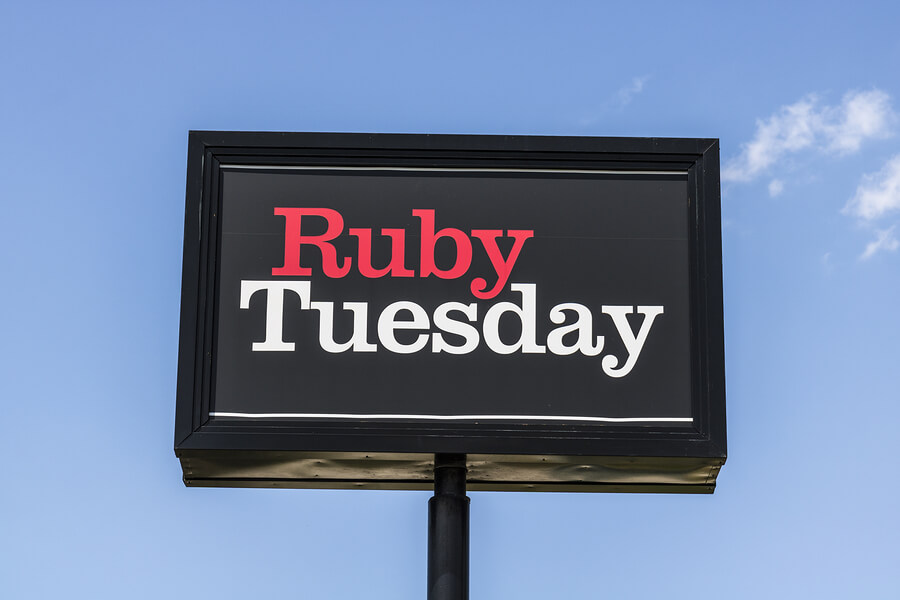
Making Healthier Choices When Dining Out
Even with meticulous meal planning, there may be times when you'll find yourself needing to grab a meal on the go. Being out of your kitchen doesn't mean you have to abandon your healthy eating habits. Here are some strategies to help you navigate restaurant menus and make healthier choices:
Prioritize Grilled, Baked, or Steamed Cooking Methods
The way your food is cooked can significantly influence its nutritional value. When scanning a menu, look out for dishes that are grilled, baked, or steamed. These cooking methods typically involve less oil and therefore result in lower calorie and fat content compared to fried or breaded options. This way, you can enjoy a savory meal while keeping it relatively light and healthy.
Lean Towards Lean Proteins
Protein is an essential part of any balanced meal, but not all protein sources are created equal. When selecting your protein, lean options such as chicken, turkey, and fish are typically lower in saturated fat and calories compared to fattier cuts of red meats. These lean proteins provide the necessary amino acids without the additional fat, aligning with your healthy eating goals.
Choose Whole Grains When Available
Whole grains should be your go-to when it comes to carbohydrates. If the option is available, always choose whole-grain varieties for bread, pasta, and rice. Whole grains are higher in fiber and packed with essential nutrients, providing steady energy and helping you feel fuller for longer. They're a much healthier choice compared to their refined counterparts, which have been stripped of much of their nutritional value.
Embrace the Power of Vegetables
Whether you're choosing a salad, sandwich, or entree, don't shy away from piling on the vegetables. Adding a variety of veggies to your meal not only increases its volume, making you feel more satisfied, but it also significantly enhances your meal's fiber and nutrient content. Vegetables are low in calories yet high in vitamins, minerals, and antioxidants, making them an excellent addition to any meal.
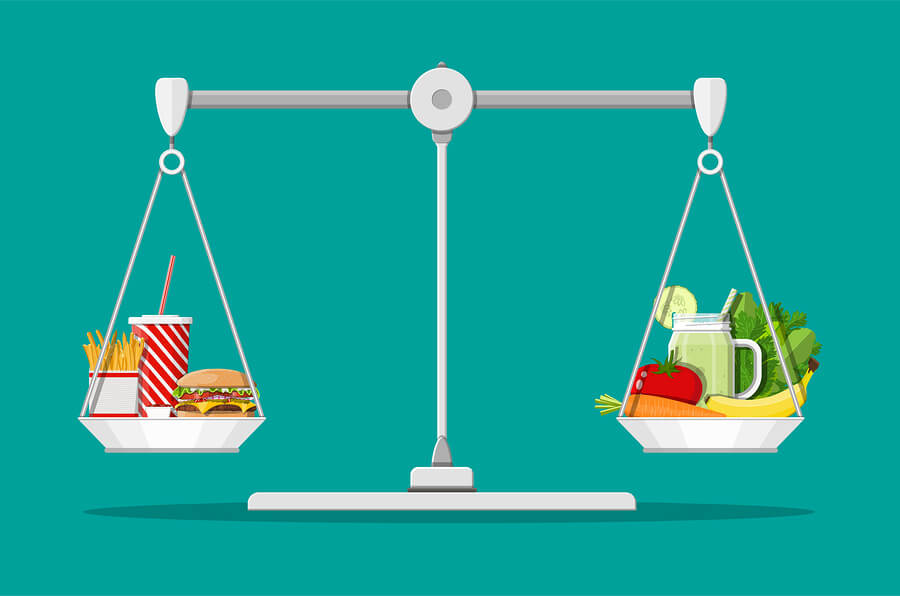
Optimal Hydration: A Key Element of Nutrition
Proper hydration plays a crucial role in maintaining your overall health and is just as important as a balanced diet. The human body is approximately 60% water, underscoring the fact that hydration is integral to essential bodily functions ranging from nutrient transportation to temperature regulation. Here's how you can seamlessly integrate optimal hydration into your bustling lifestyle:
Always Keep a Water Bottle Handy
One practical way to ensure regular water intake is by always carrying a water bottle with you. This not only provides a constant source of hydration but also serves as a continual reminder to drink water. Investing in a reusable water bottle can contribute to your personal hydration goals while also being environmentally friendly.
Choose Water Over Sugary Beverages
When it comes to quenching your thirst, water is the unrivaled champion. Sugary drinks such as soda, sweetened teas, or artificially flavored juices may seem enticing, but they are often loaded with added sugars. These can contribute to weight gain, elevate blood sugar levels, and pose other health risks. Hence, even when they're available, it's wise to opt for water as the primary choice for hydration.
Boost Hydration with Fruits and Vegetables
Beyond drinking water, another effective strategy to maintain optimal hydration is through your diet. Many fruits and vegetables boast high water content, contributing to your daily water intake while providing an array of essential vitamins, minerals, and dietary fiber. For example, watermelon, cucumbers, oranges, and strawberries are all over 90% water and packed with beneficial nutrients. Including a variety of these hydrating foods in your diet can further enhance your hydration status while enriching your nutrient intake.
Infuse Your Water for Flavor
If you find plain water to be boring, infuse it with natural flavors from fruits, herbs, or even vegetables. Citrus fruits, cucumbers, mint, berries, or melons can add an enjoyable twist to your hydration routine without contributing any significant calories. Infused water can make the act of hydration more exciting, encouraging more frequent water consumption.
Drink Before You Feel Thirsty
Often, by the time you feel thirsty, you are already mildly dehydrated. Make it a habit to sip on water throughout the day, not just when thirst strikes. This practice ensures consistent hydration and keeps your bodily functions running smoothly.
Use a Hydration Tracking App
There are numerous smartphone apps available that can help track your water intake and even remind you to drink water at regular intervals. These can be particularly useful if you struggle to remember to drink water consistently throughout the day.
Hydrate More During Exercise
When you're physically active, your body loses more water through sweat, increasing your need for hydration. Always carry a bottle of water when you're exercising and make sure to drink before, during, and after your workout to replenish lost fluids.
Stocking Up On Healthy Store-Bought Snacks
While homemade snacks offer the benefit of full control over the ingredients used, store-bought alternatives can also find a place in your healthy eating regimen, provided you choose wisely. If you're often on the go and need convenience, here are some key factors to consider when shopping for store-bought snacks:
1. Deciphering Nutrition Labels
The first step in choosing healthy store-bought snacks is to get comfortable reading and understanding nutrition labels. These labels provide a wealth of information about what's in your food.
Pay special attention to the levels of added sugars, sodium, and unhealthy fats (trans and saturated fats) – you want these to be as low as possible. Also, check the serving size to ensure you're not consuming more calories than you intend.
2. Opt for Whole Grain Snacks
When it comes to snack choices, those made with whole grains are a smart choice. Whole grain snacks, such as oat bars, whole-grain crackers, or even popcorn, are packed with fiber that can provide you with sustained energy and keep you feeling full for longer. They also contribute to your overall intake of essential nutrients like B vitamins and minerals such as iron and magnesium.
3. Seek Out Protein-Rich Snacks
Protein plays a key role in satiety, helping you feel fuller for longer. As such, selecting store-bought snacks high in protein can be beneficial, particularly if you have long stretches between meals.
Protein bars can be a convenient option, but be mindful of their sugar content – some can be just as sugary as candy bars. Greek yogurt and cottage cheese are other protein-rich store-bought options that can serve as nutritious snacks. Additionally, nuts, seeds, and jerky can also provide a significant protein punch.
Conclusion
Maintaining a healthy diet while constantly on the move doesn't have to be an insurmountable challenge. With a dash of planning, coupled with the right nutritional knowledge, you can certainly manage to nourish your body adequately, regardless of how packed your schedule might be.
It's crucial to remember that the secret lies in balance rather than perfection. Opt for a variety of foods from different food groups to ensure a well-rounded nutrient intake, and don't be too hard on yourself if you slip up occasionally.


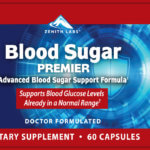
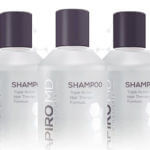
Comments
Loading…